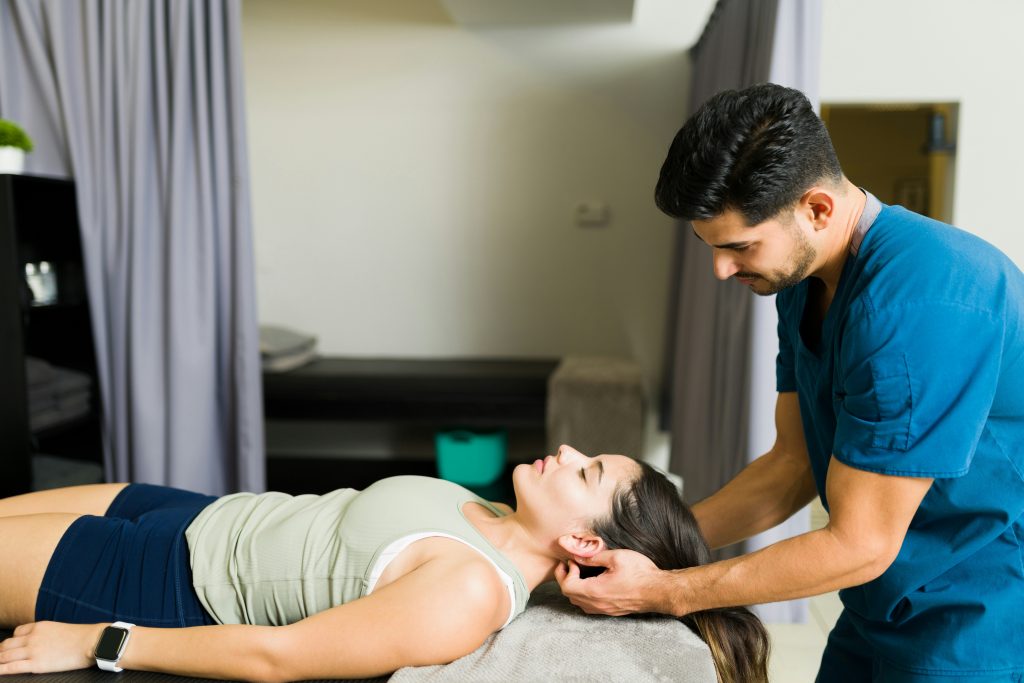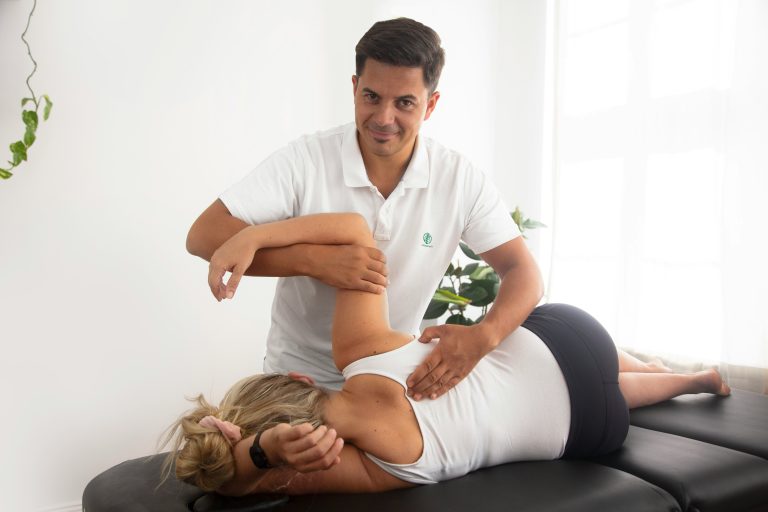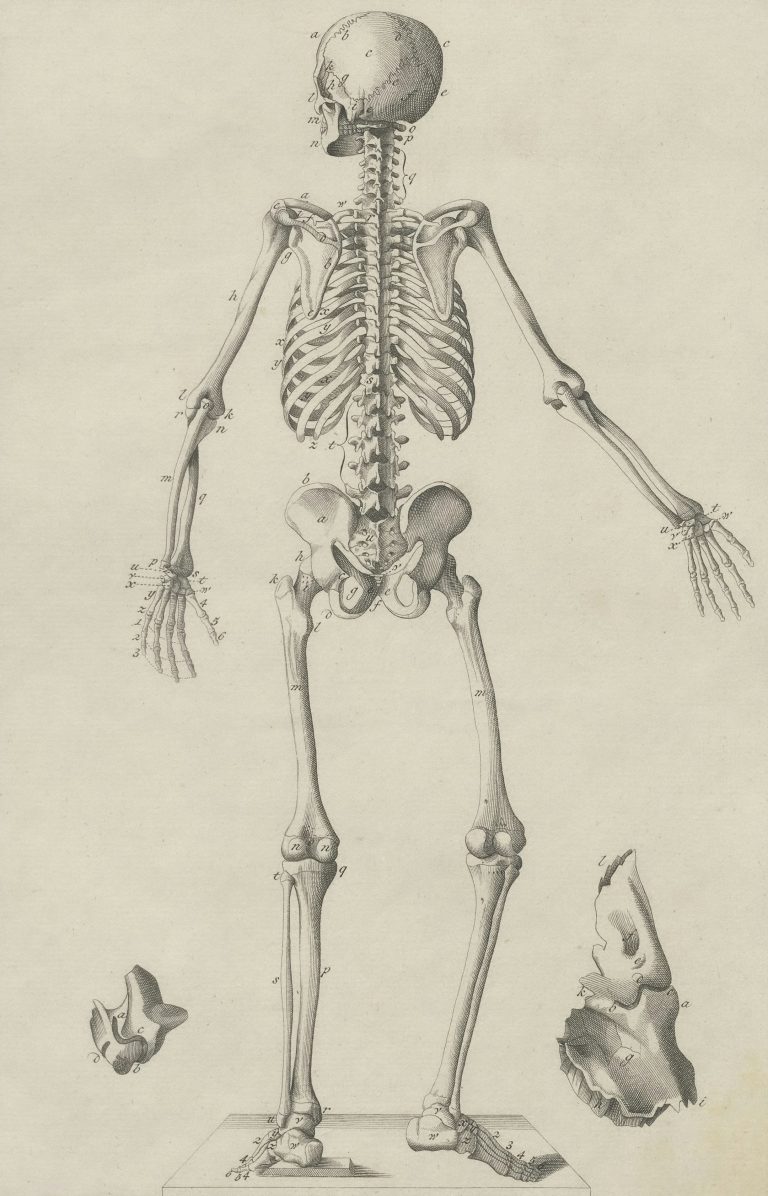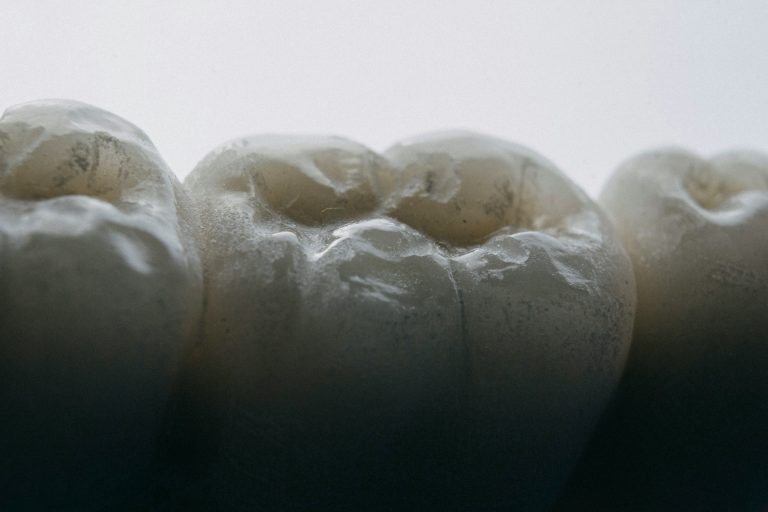One morning, you wake up and it's impossible to turn your head without wincing. Your neck feels "stuck" and painful, and even the slightest twisting becomes an ordeal. You're probably suffering from torticollisA common but often misunderstood disorder. Let's find out together its causes, symptoms and durationand above all how to relieve it effectively - naturally and sustainably.
What causes torticollis?
Le torticollis corresponds to a involuntary contracture of the neck musclesoften on one side only, which partially blocks movement.
The most frequent causes are :
- A false move (wrong movement, abrupt neck position) ;
- Bad postureparticularly when sleeping or looking at a screen;
- A cold snap or draught causing a reflex contracture;
- Significant stresswhich encourages cervical muscle tension;
- More rarely, a joint damage or a cervical hernia.
For some people, torticollis can also be the consequence of a postural imbalance or a poor joint mobility in the cervical vertebrae - which is why it is important to have a balance sheet osteopathic or kinesitherapy.

How can you tell if it's torticollis?
The signs are characteristic:
- Pain located on one side of the neck, sometimes radiating to the shoulder or head;
- Feeling of stiffness or blocking in movements ;
- Difficulty turning the head or keeping it upright;
- Sometimes, headaches, mild dizziness or upper back pain.
Not to be confused with with cervical pain of nerve origin (cervicobrachialgia) or inflammatory pain.
If the pain is intense, associated with fever, nausea or loss of strengthYou should seek medical advice as soon as possible.
How long does a torticollis last?
In most cases, a simple torticollis disappears in 3 to 7 days.
However, if it persists for more than a week, or if it recurs regularly, this may indicate :
- a joint imbalance ;
- a chronic muscular tension ;
- or a deeper posture problems.
In this case, a osteopathy or physiotherapy consultation to identify the cause and prevent recurrence.
How can I relieve a stiff neck?
1. Apply heat
A hot water bottle or a heating patch relaxes contracted muscles and promotes local circulation.
2. Gently massage the area
A light self-massage with a relaxing oil (arnica, wintergreen, lavender) can help relieve tension.
3. Avoid sudden movements
Do not force the neck to rotate. Keep it in a comfortable position.
4. In the event of severe pain
A anti-inflammatory or a muscle relaxant prescribed by your doctor may be useful temporarily.

How do you unblock a stiff neck?
It is we strongly advise against "cracking" your neck yourself This could aggravate the contracture.
The best approach is based on appropriate care:
1. At the osteopath
The osteopath looks for the origin of the blockage: articular, muscular or postural.
Through gentle, precise techniqueshe :
- restores cervical mobility,
- deeply relaxes muscles,
- improves blood and nerve circulation.
This approach encourages quick recovery and limits the risk of recurrence.
2. At the physiotherapist
The physiotherapist supports recovery by :
- from relaxing massages ;
- from soft mobility exercises ;
- and a postural re-education to strengthen neck and shoulder muscles.
One or two sessions are often enough to regain full amplitude and prevent chronic neck pain.

Tips to prevent stiff neck
- Adopt a good posture at workeye-level screen.
- Sleep with a fitted pillow to your body shape.
- Avoid direct draughts on the back of the neck.
- Practice regular gentle stretching neck and shoulders.
- In case of stress, think about breathing or relaxation.
In a nutshell
| Questions | Quick answers |
|---|---|
| Cause | Muscular contracture due to incorrect movement, poor posture, cold or stress. |
| Recognise | Pain and blockage on one side of the neck, stiffness, difficulty turning the head. |
| Duration | Usually 3 to 7 days. |
| Relieve | Warmth, rest, gentle massage, osteo/physiotherapy consultation. |
| Unlock | Don't force yourself! Osteopathy and physiotherapy are the most effective. |






